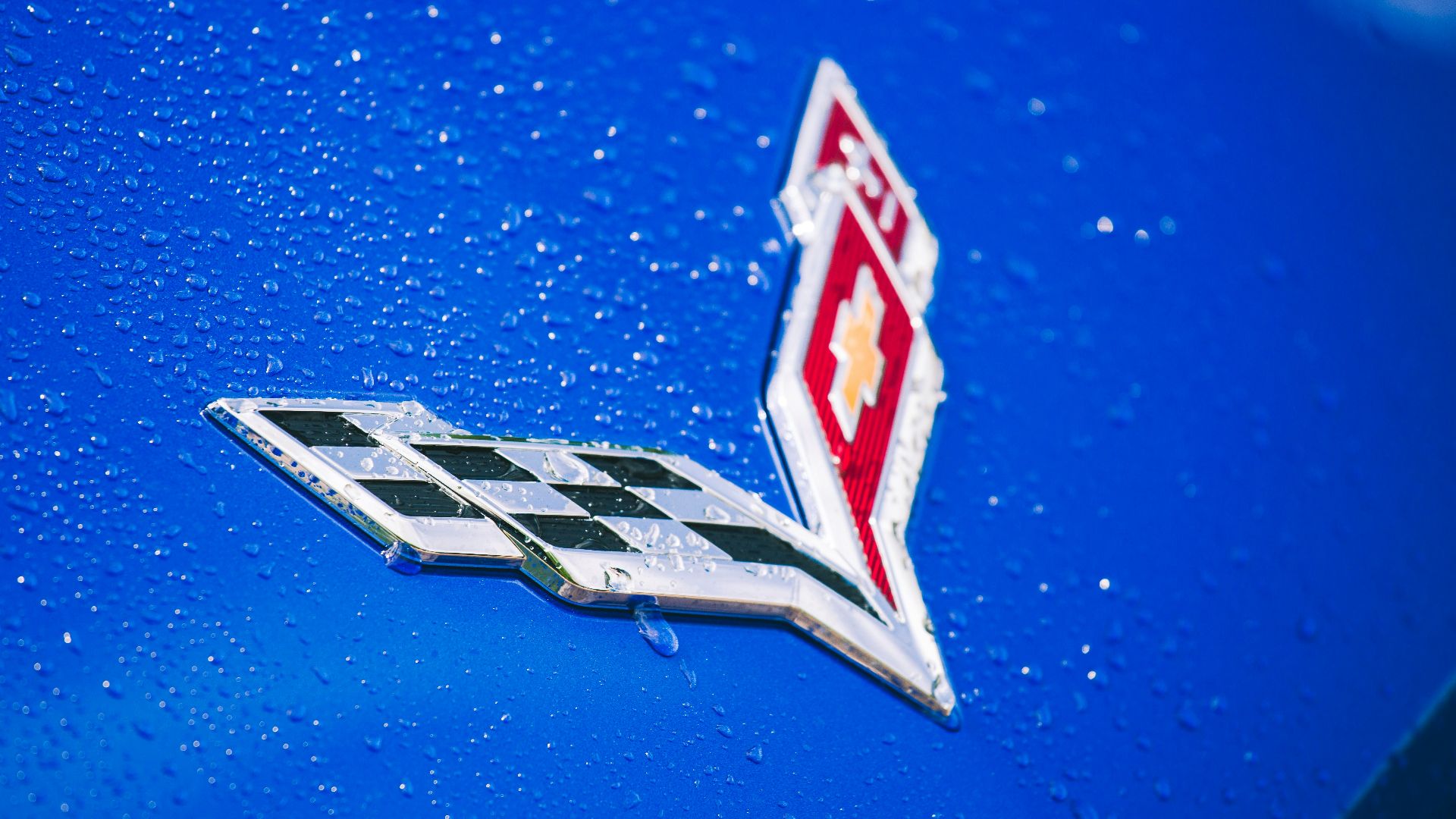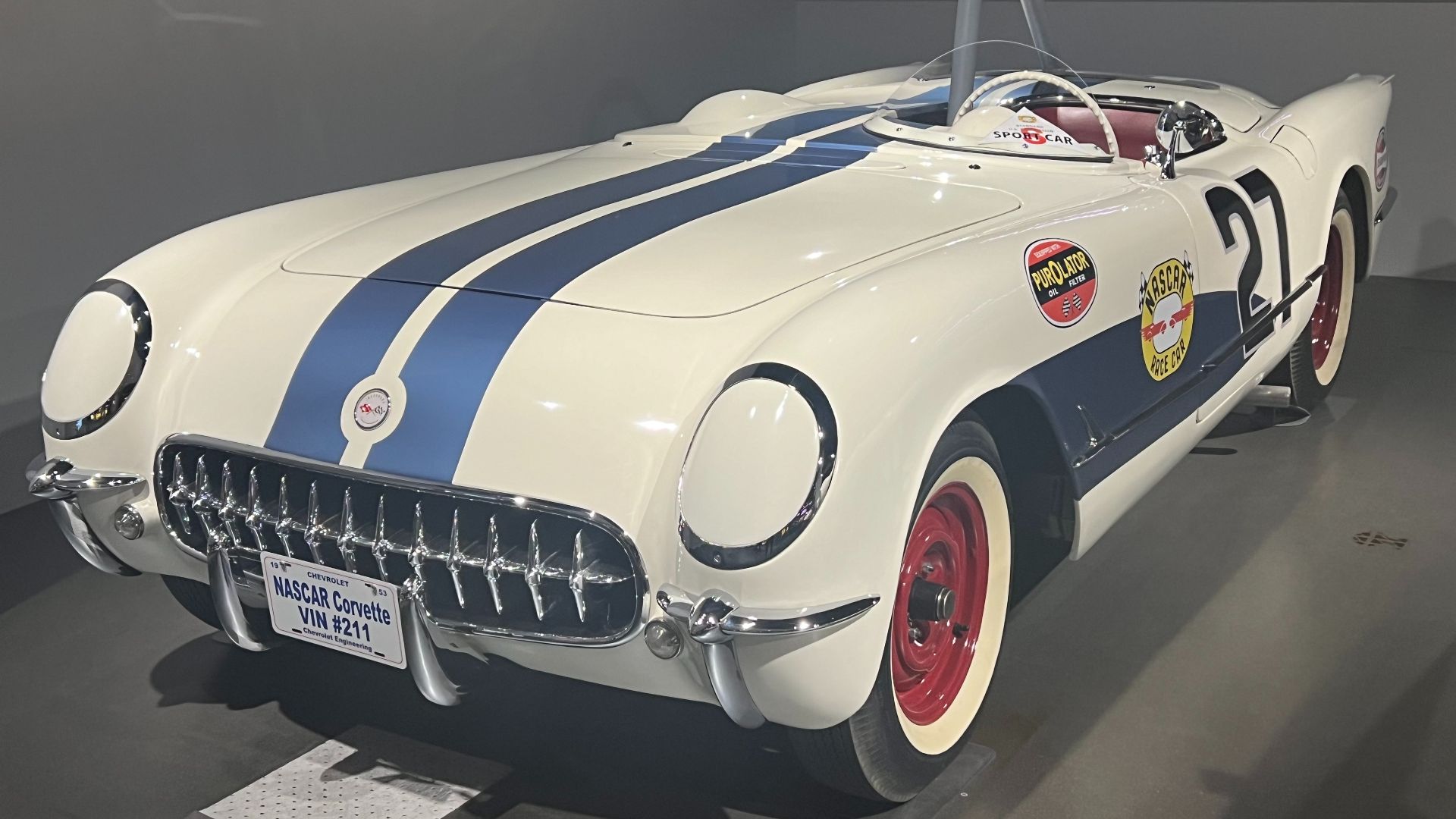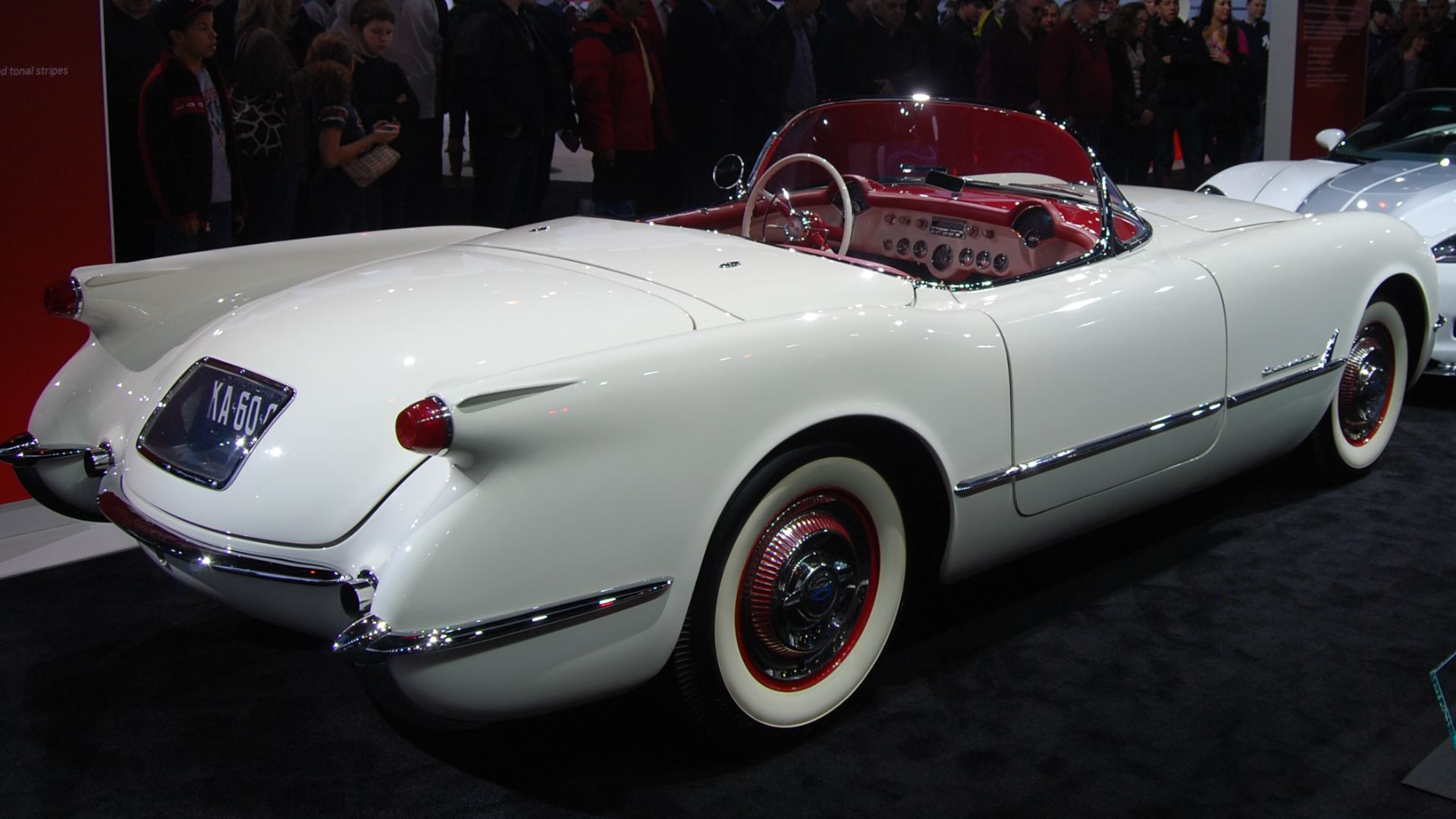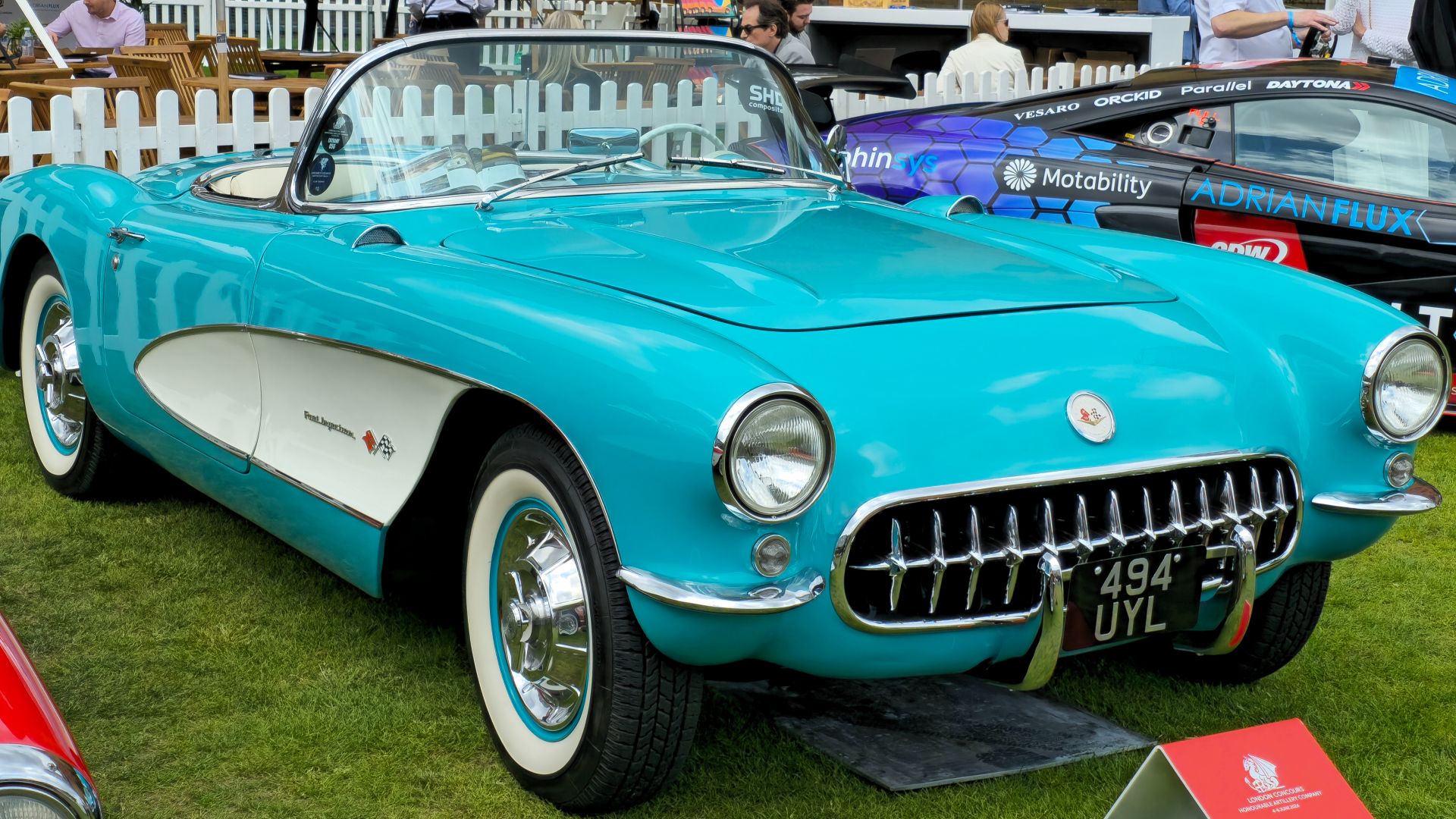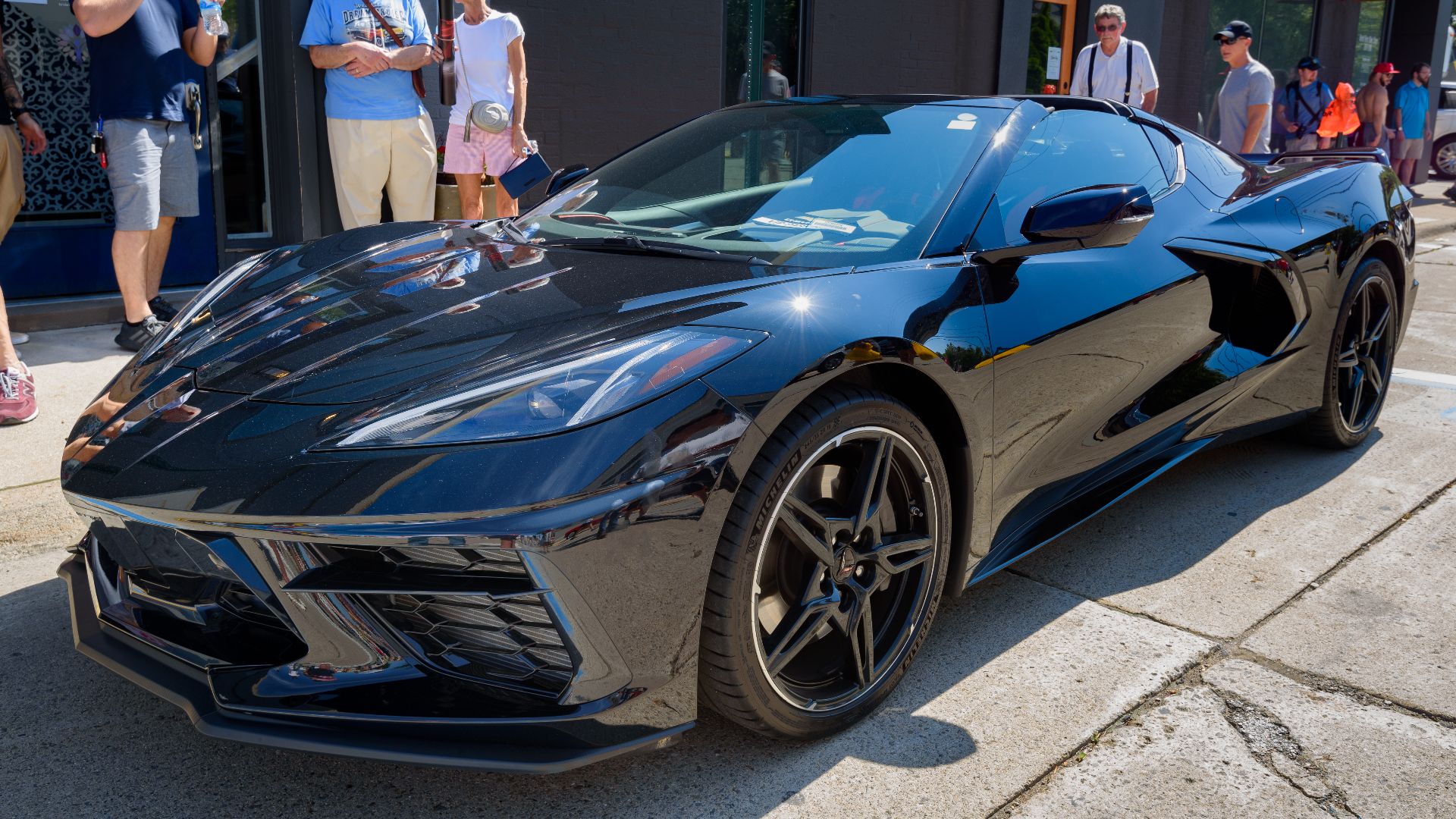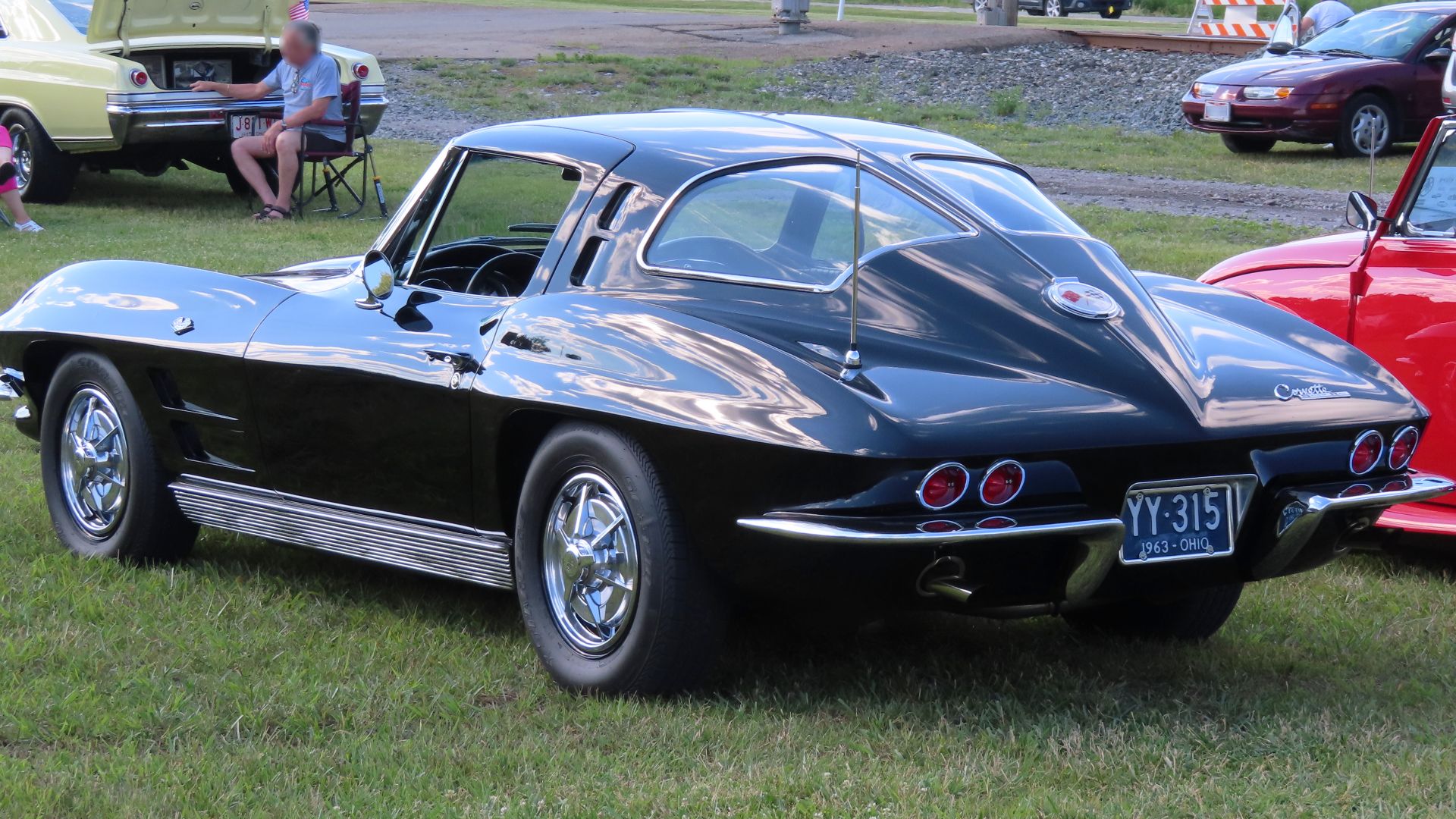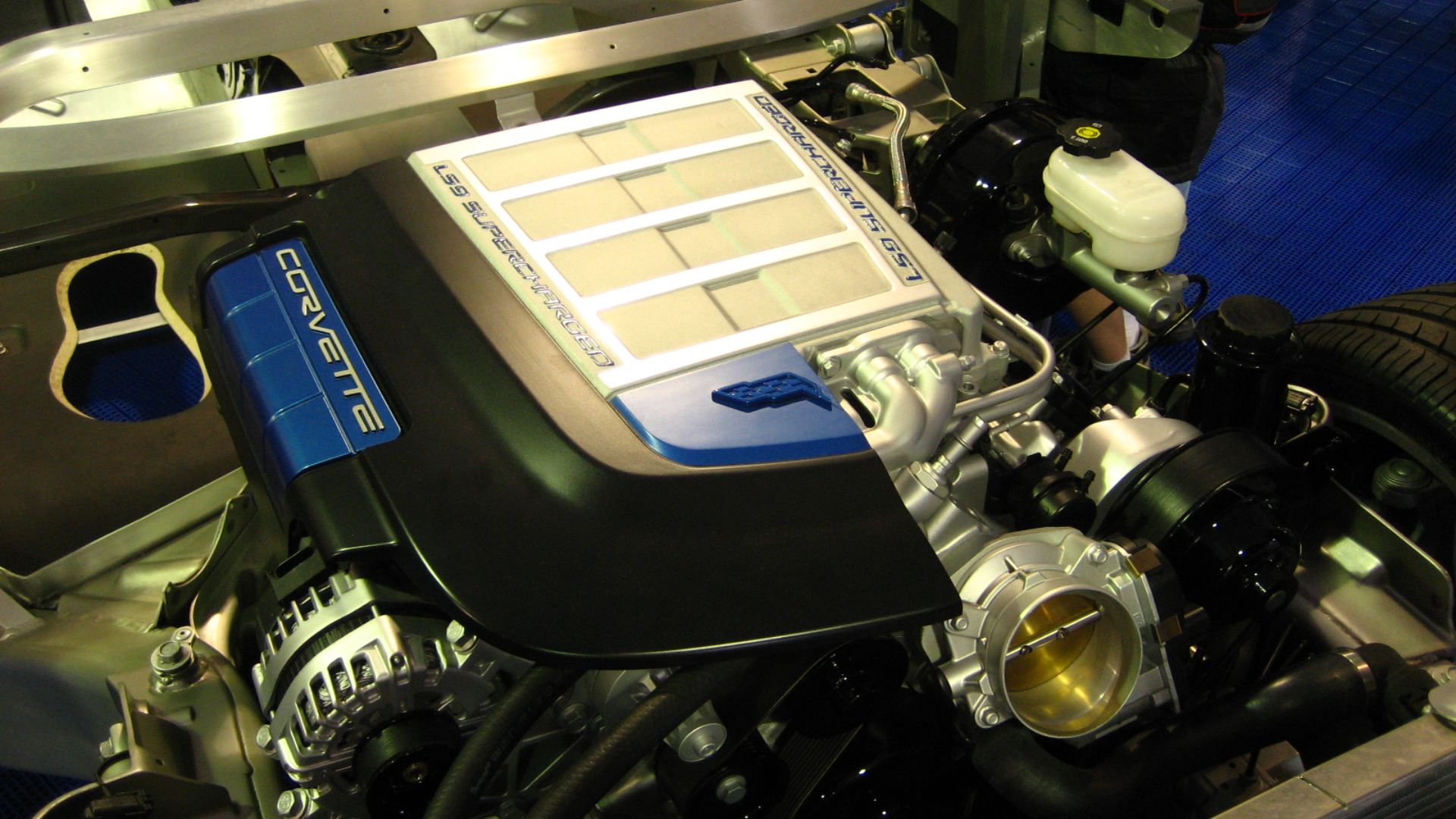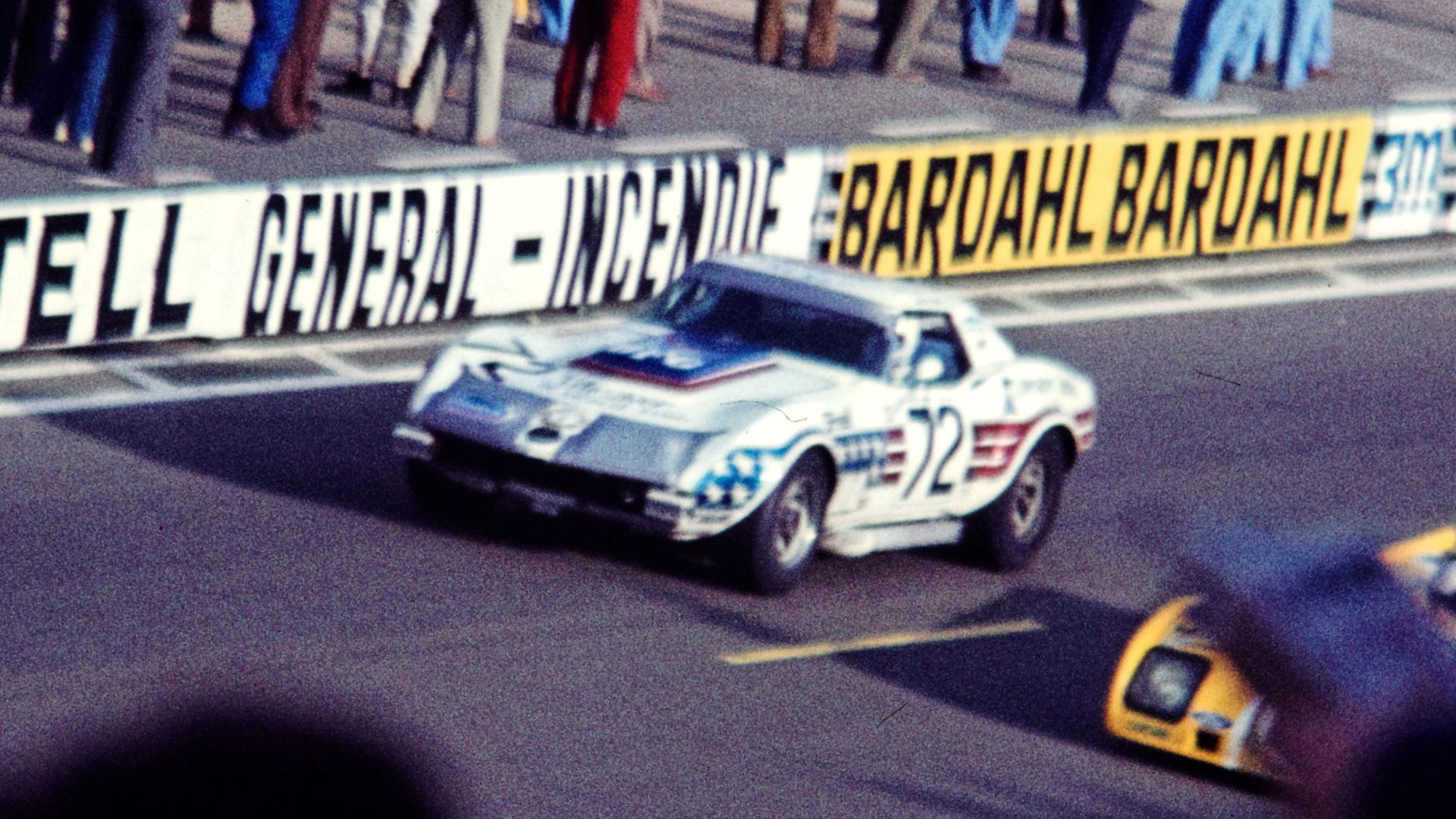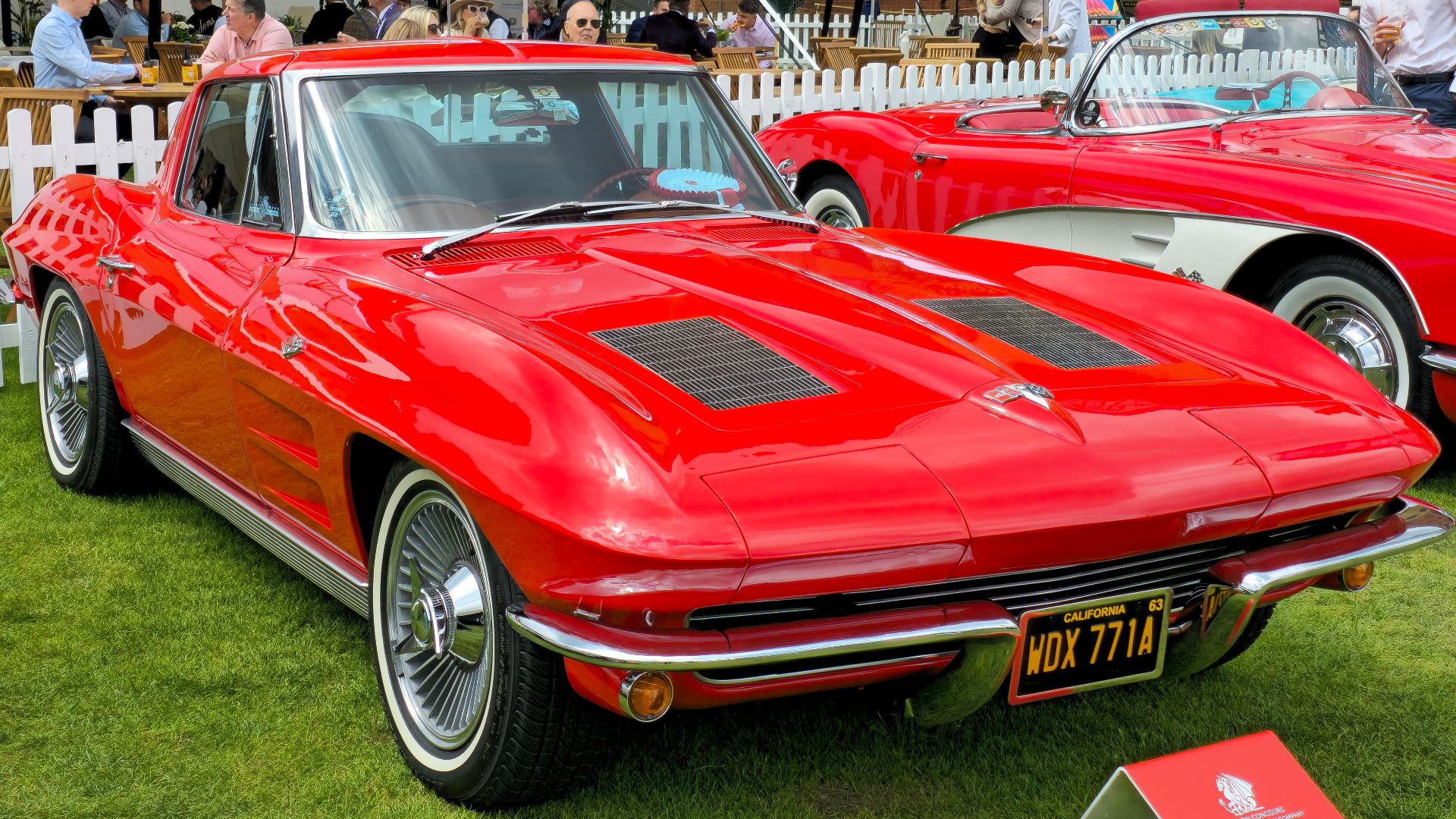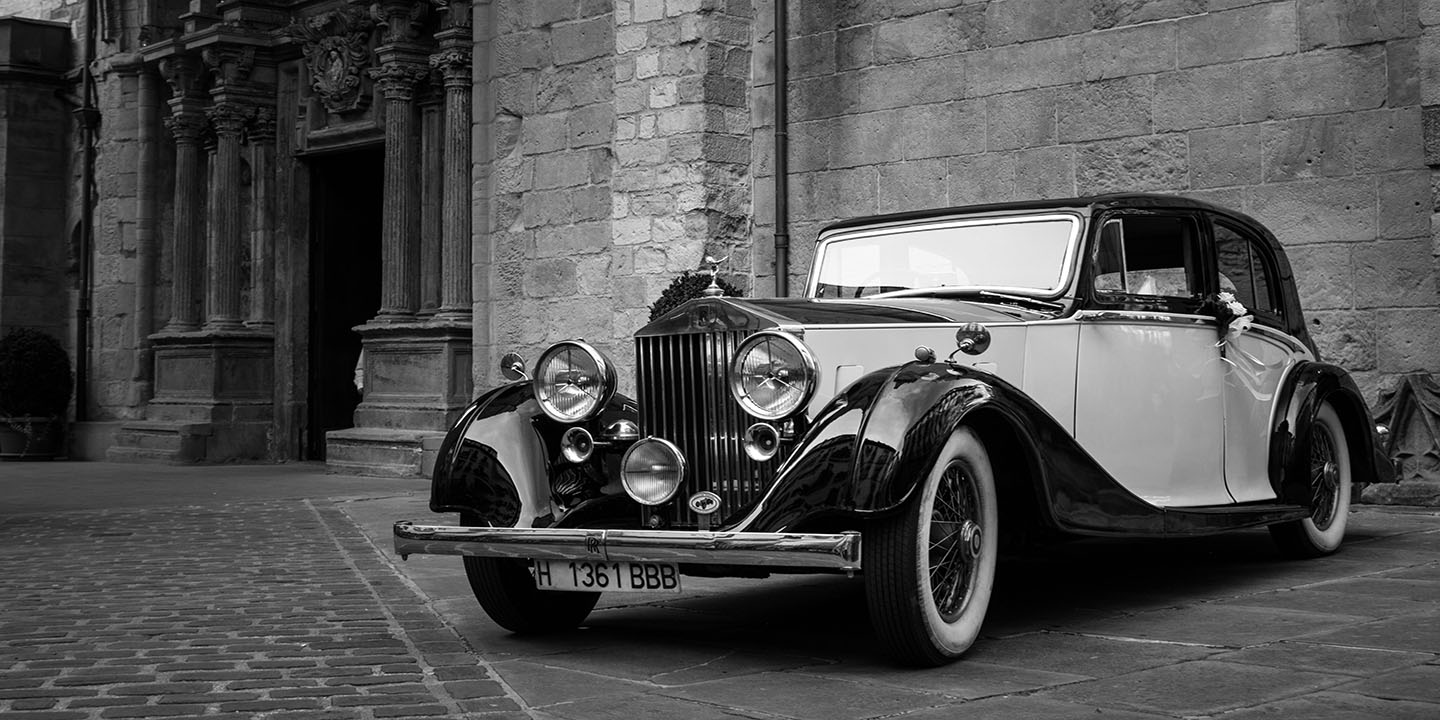Details You Can’t Miss
Not all cars have a heartbeat, but the Corvette seems to have it in spades! It pulses with raw power and untamed ambition. Specially made to defy limits, this iconic car has spent decades rewriting what speed, style, and dominance should look like in the automotive world. Think you know everything there is to know about this titan of industry? Well, think again because the real story starts here.
1. The Corvette Was America’s First True Sports Car
The 1953 Corvette was a daring innovation. With a lightweight fiberglass body, it introduced a fresh take on American sports cars. However, without the power or handling to rival European competitors, it served more as a stylish pioneer, paving the way for future performance breakthroughs.
2. Its Name Comes From A Warship
Chevy didn’t just slap any name on their sports car. "Corvette" comes from a small, agile warship known for speed and maneuverability. Fitting, right? From the beginning, the Corvette was destined to be quick, aggressive, and impossible to ignore. Mission accomplished, Chevy!
 Freddy de Hosdent on Wikimedia
Freddy de Hosdent on Wikimedia
3. The First Corvettes Were Extremely Rare
In 1953, only 300 Corvettes were hand-built in Flint, Michigan, all painted Polo White with red interiors. Today, they’re among the rarest Corvettes ever made. Getting one is like chasing a rare gem—prized by collectors but a financial mountain to climb.
4. One Man Turned The Corvette Into A Beast
Zora Arkus-Duntov looked at the Corvette’s original inline-six engine and thought, “This is embarrassing.” In 1955, he changed everything by shoving in a V8, reshaping the Corvette from a stylish cruiser into the performance legend we know today. Thanks, Zora.
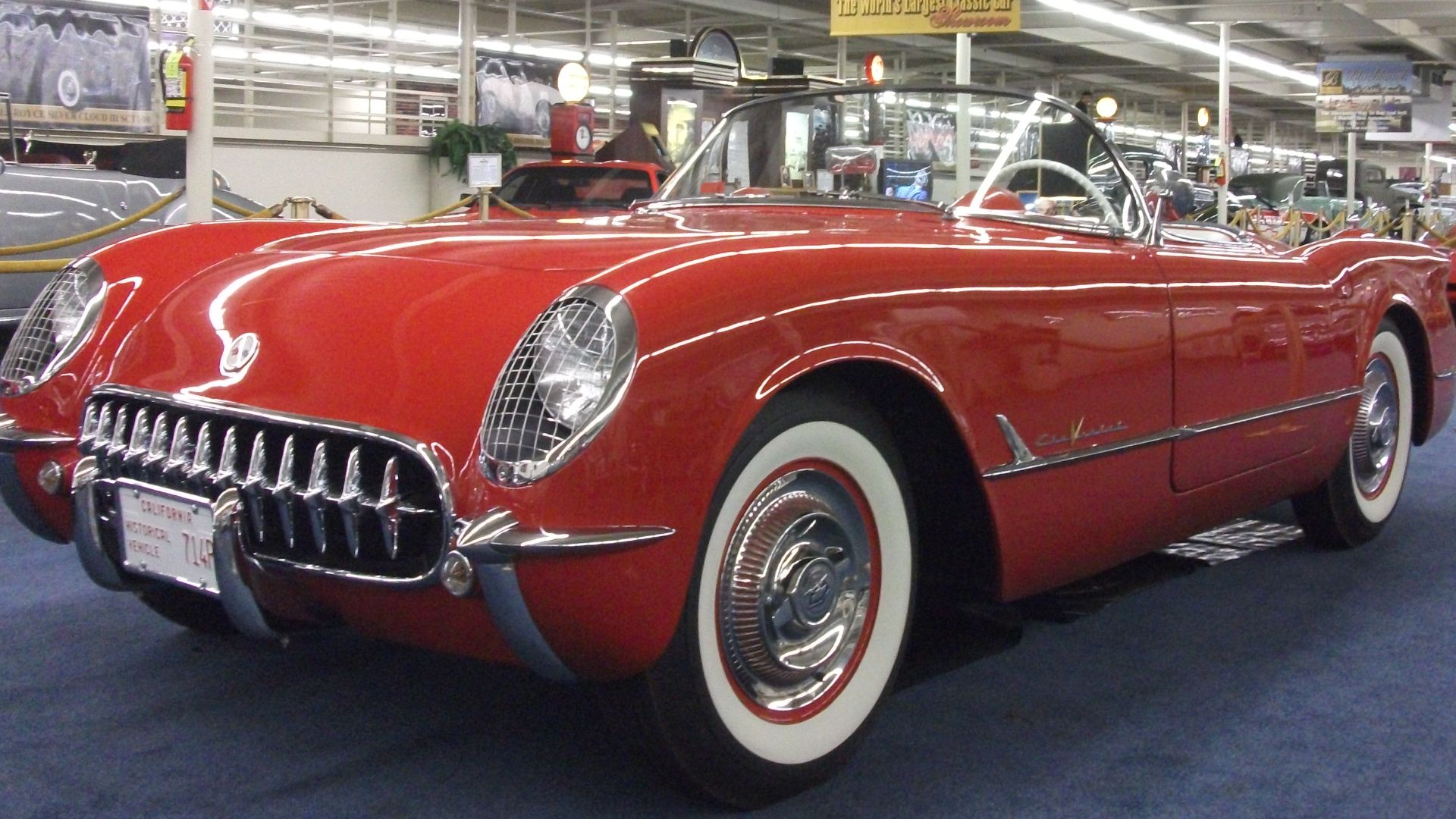 dave_7 from Lethbridge, Canada on Wikimedia
dave_7 from Lethbridge, Canada on Wikimedia
5. Carbon Fiber First Appeared On A Corvette In 2004
The 2004 Z06 Commemorative Edition was the first Corvette to sport a carbon fiber hood. Why? Because lighter means faster. Corvette proved that dropping weight, even in a muscle car, translates to better performance and faster lap times.
6. The Manual Transmission Is Gone For Good
For decades, shifting gears in a Corvette was part of the thrill. Then came 2020. The C8 Corvette killed the manual, replacing it with an 8-speed dual-clutch automatic. Yes, it’s faster, but something about rowing through gears made driving feel alive, and many still miss it.
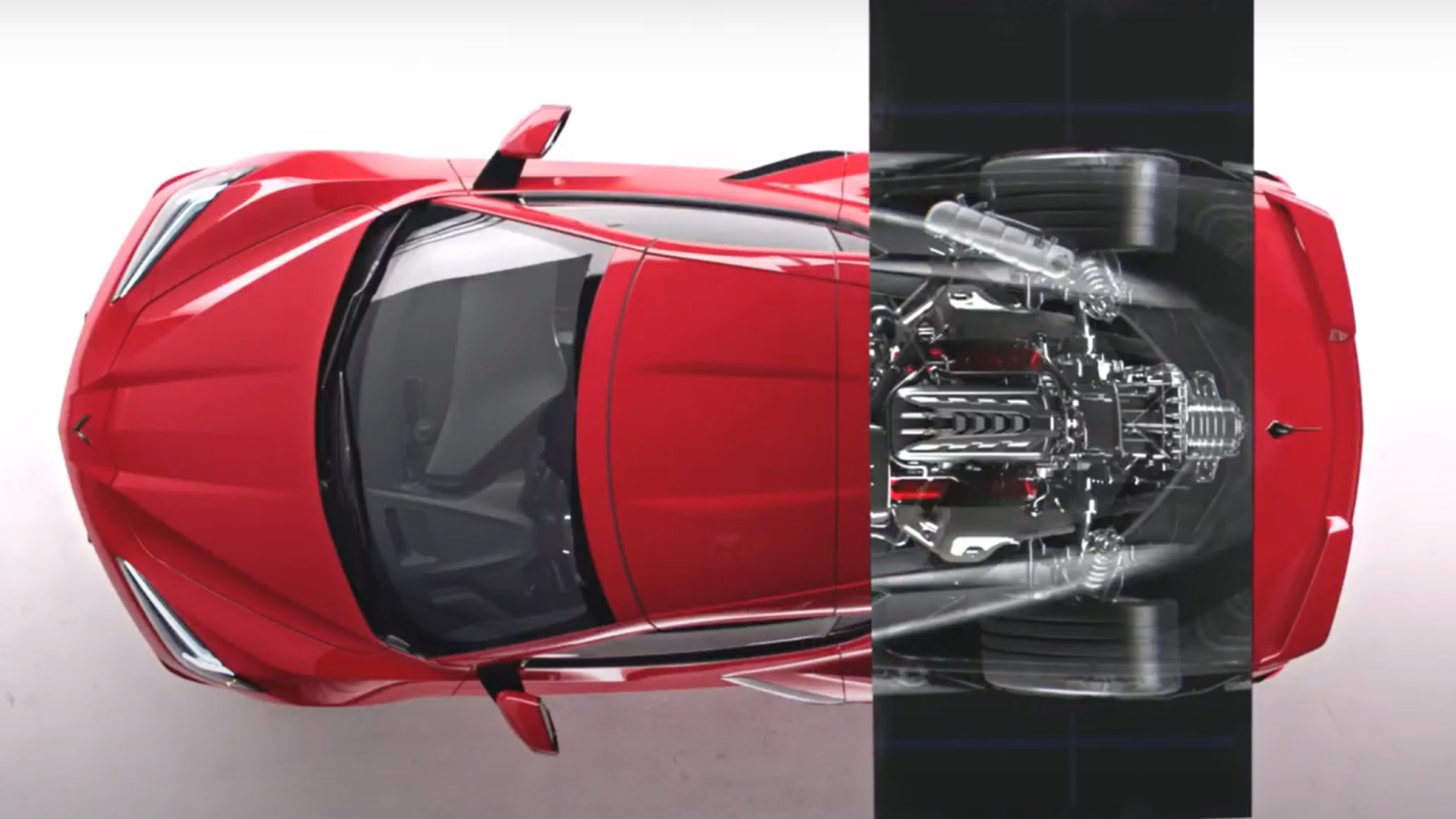 2020 Chevrolet Corvette C8 Stingray Eight Speed DCT Dual Clutch Transmission by DPCcars
2020 Chevrolet Corvette C8 Stingray Eight Speed DCT Dual Clutch Transmission by DPCcars
7. The 1957 Corvette Was A Fuel Injection Pioneer
Fuel injection changed the game in 1957, and Corvette led the charge. By ditching carburetors, it became more powerful and efficient. The move was so legendary that it pushed American performance cars into a new era of speed and engineering excellence.
8. The Grand Sport Was Meant To Dominate Racing
Chevy’s secret weapon, the 1963 Grand Sport Corvette, was built to conquer endurance racing—until GM’s racing ban shut it down. With only five ever made, these beasts still found their way to victory, famously outpacing Cobras and Ferraris at Nassau Speed Week.
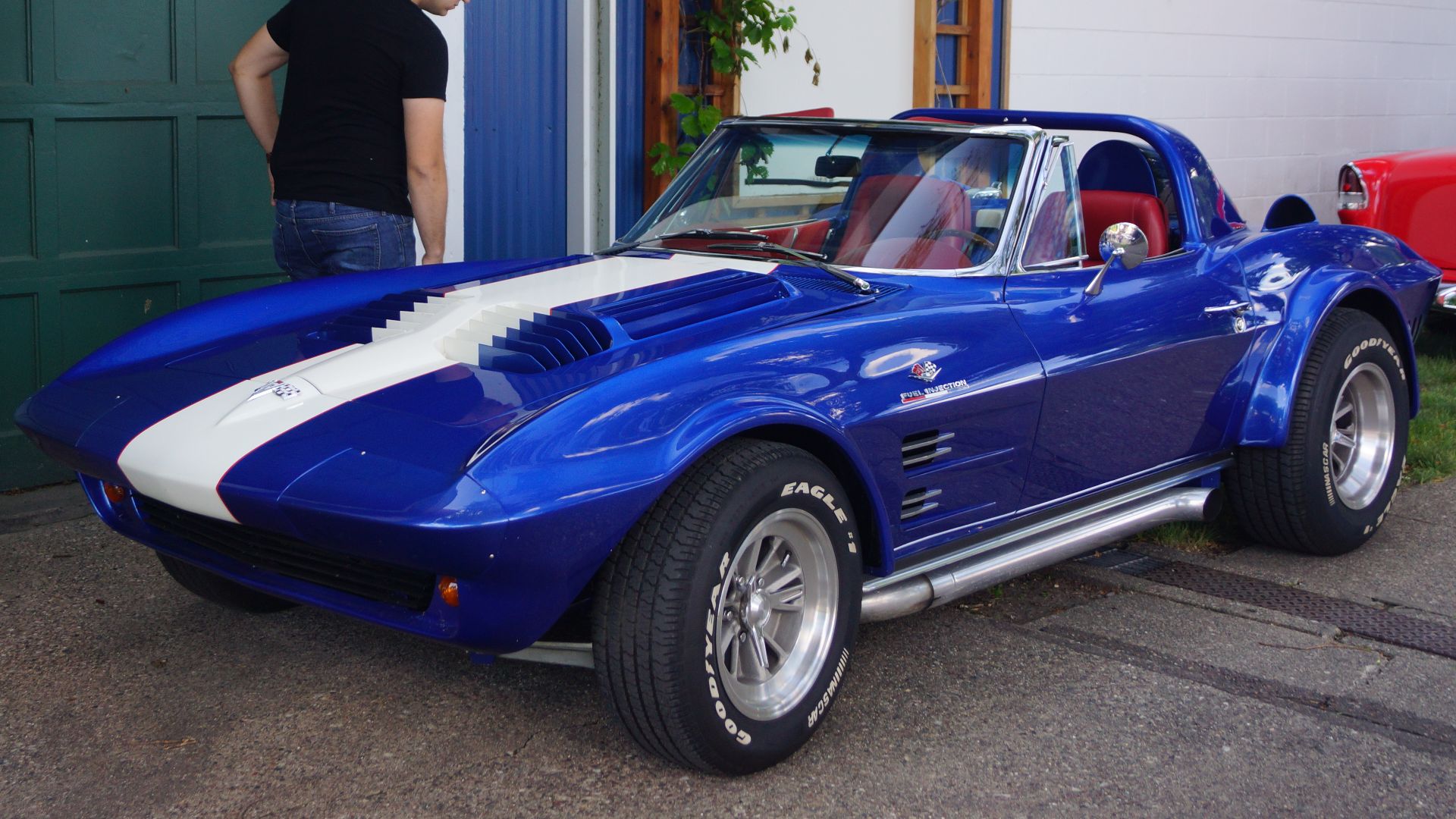 Greg Gjerdingen from Willmar, USA on Wikimedia
Greg Gjerdingen from Willmar, USA on Wikimedia
9. A Mid-Engine Corvette Was Planned For Decades
This company had been teasing a mid-engine Corvette since the 1960s. Year after year, fans heard, “It’s coming soon.” Fifty years later (yes, fifty), it finally happened with the 2020 C8. Some call it innovation. Others call it the longest procrastination in automotive history.
10. The Split-Window Corvette Only Existed For One Year
The 1963 Corvette StingRay had a bold, futuristic split rear window. However, drivers complained about poor visibility, and Chevy killed the design after just one year. Now, that quirky decision makes the 1963 model one of the most desired Corvettes among collectors.
11. Superchargers Didn’t Arrive Until 2009
If the Corvette was built for speed, why did it take until 2009 to get a supercharger? The ZR1’s LS9 engine finally brought forced induction, delivering 638 horsepower. But you will always find true petrolheads asking. Was Chevy cautious—or just waiting for the right moment to shock the world?
12. The Corvette Finally Broke 200 MPH In 2019
Speed has always been Corvette’s language, and in 2019, it spoke louder than ever. The ZR1 roared past 200 mph, reaching 212 mph. No more questions about its capabilities—it had secured its place among the fastest production cars on the planet.
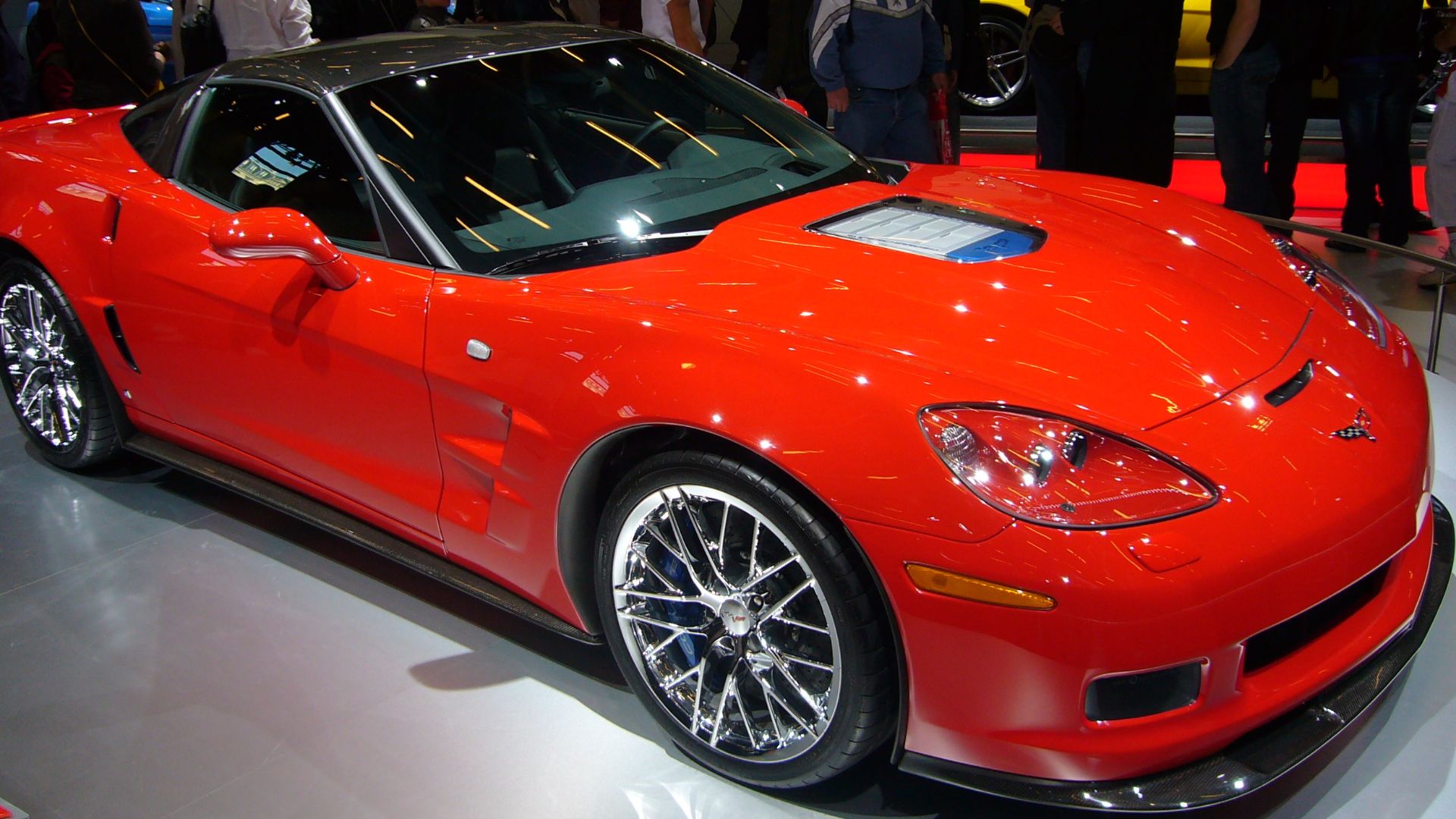 Rutger van der Maar on Wikimedia
Rutger van der Maar on Wikimedia
13. Corvette Racing Has Owned Le Mans For Over Two Decades
Corvette didn’t just compete at Le Mans—they made their mark. Since 2000, Corvette Racing has crushed the competition and secured multiple class wins. While Ferrari and Porsche boast impressive records, Corvette Racing’s class victories prove they’re a force to be reckoned with on endurance racing’s biggest stage.
14. The First Turbocharged Corvette Was A Race Car
John Greenwood didn’t wait for Chevy’s approval. In the 1970s, his twin-turbo IMSA Corvette shattered expectations, exceeding 700 horsepower. It took years for factory Corvettes to adopt turbos, but Greenwood had already shown the world what forced induction could do.
15. Independent Rear Suspension Made The 1963 Corvette A Game-Changer
When the 1963 Corvette introduced independent rear suspension, handling dramatically improved. It allowed for better grip, smoother turns, and more control at high speeds. While competitors stuck to solid axles, the Corvette proved that engineering (not just horsepower) defines true performance.
16. Corvette Was One Of The First Cars To Get Active Handling
In 1998, fans saw Active Handling for the first time, an early version of electronic stability control. Real-time feedback also prevented skidding by optimizing brake force on each wheel as needed. For a car known for raw power, this was a step toward making high-speed driving safer—without killing the fun.
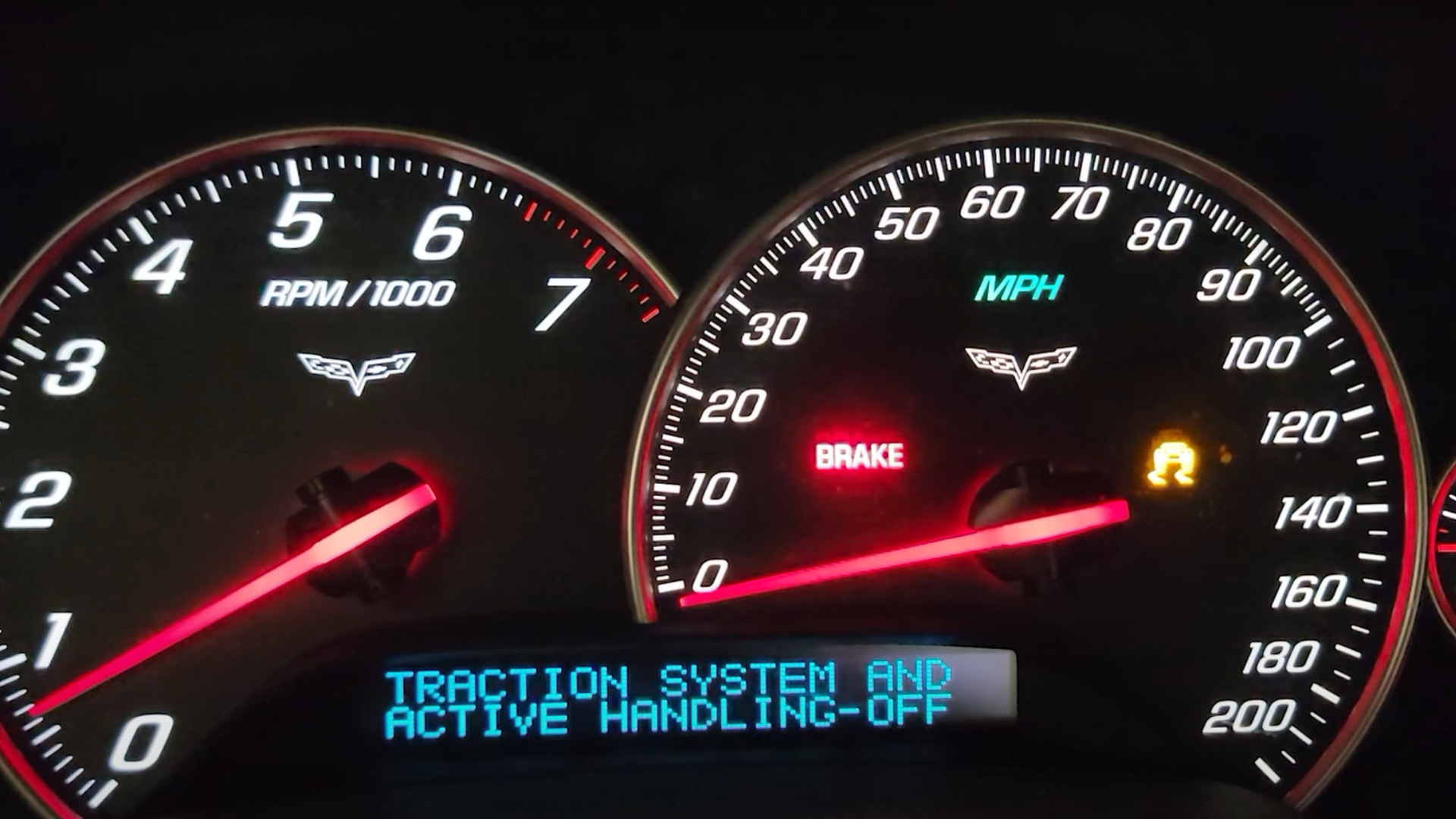 Four C6 Corvette Active Handling / Traction Control Modes (What Does Each ONE DO?) by Toys4Life C5
Four C6 Corvette Active Handling / Traction Control Modes (What Does Each ONE DO?) by Toys4Life C5
17. The Corvette Finally Went Hybrid In 2024
Think Corvette, and you think V8 thunder. That hasn’t changed, but the 2024 E-Ray brought something extra—electric assist and all-wheel drive. More grip, faster launches, and a new way to enjoy America’s favorite sports car without losing its soul.
18. A Corvette Once Sold For Nearly $4 Million
How much would you pay for a Corvette? In 2014, a 1967 L88 Corvette Coupe sold for $3.85 million. Limited numbers, jaw-dropping horsepower, and a legacy that only a few get to own were the main contributors. It proves one thing: true car collectors know that some models are worth any price.
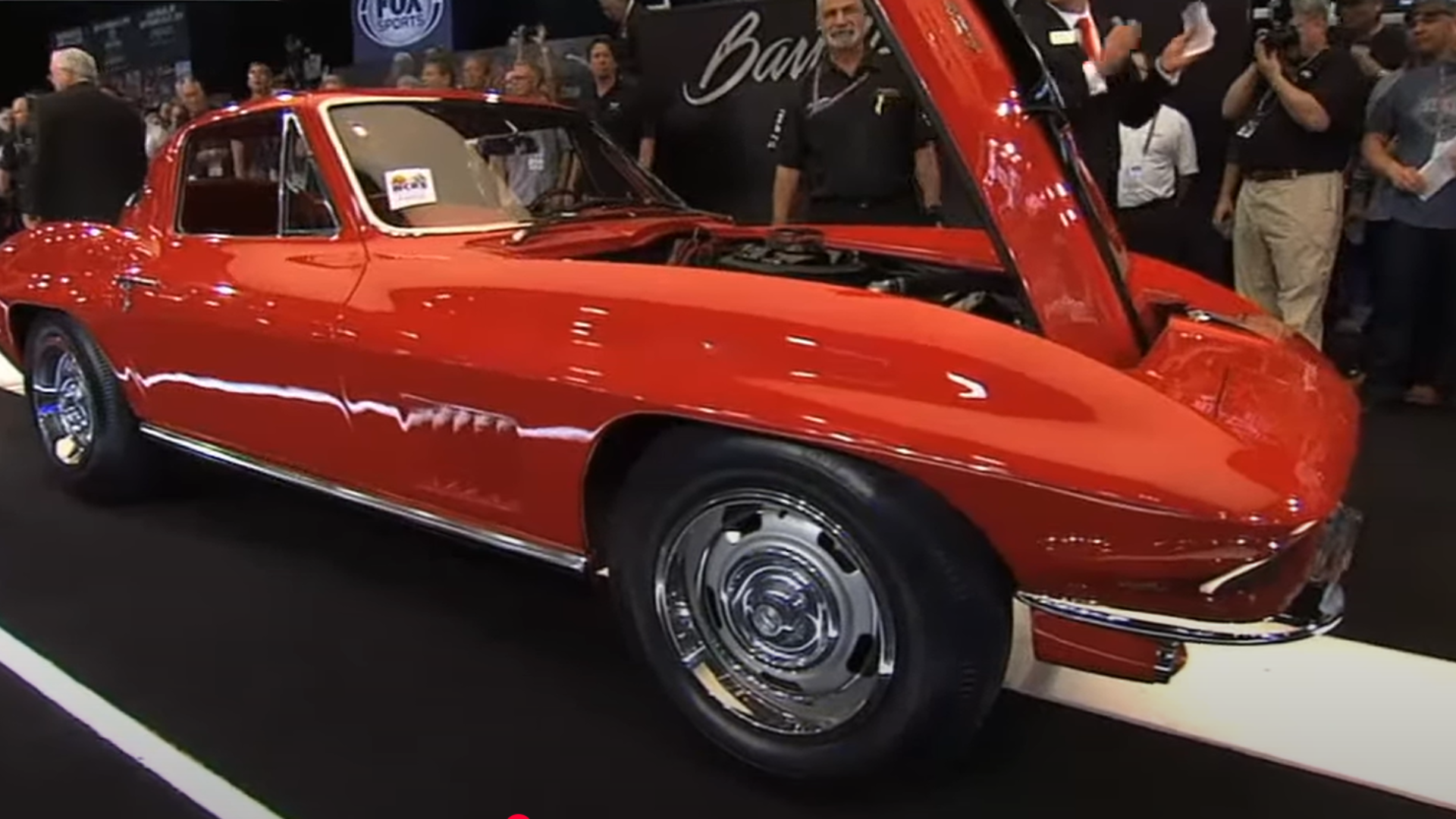 1967 Corvette L88 Sells for $3.5 Million at Barrett-Jackson Scottsdale by FOX Sports
1967 Corvette L88 Sells for $3.5 Million at Barrett-Jackson Scottsdale by FOX Sports
19. The 1978 Corvette Sparked A Collecting Craze
Chevy built 6,502 Indy 500 Pace Car Corvettes in 1978, one for every dealership. Speculators hoarded them, thinking they'd become instant gold. Spoiler alert, they didn’t. Today, they're cool classics—but not exactly the investment of the century.
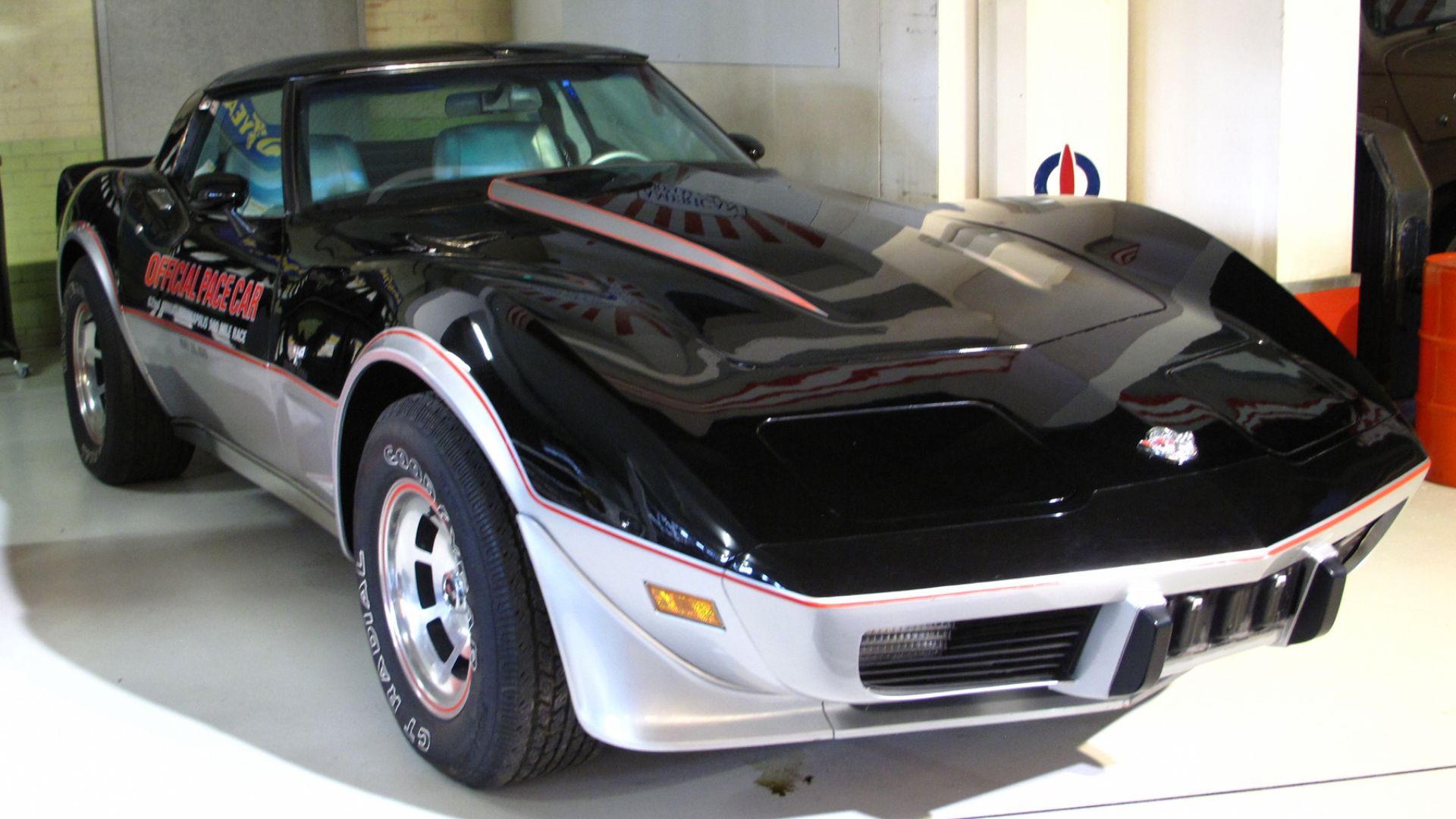 Rutger van der Maar on Wikimedia
Rutger van der Maar on Wikimedia
20. 1983 Corvettes Don’t Exist—Except For One
1983 was supposed to bring a new Corvette, but delays pushed the C4 launch to 1984. Every 1983 model was scrapped—except one. That lone survivor now lives in the Corvette Museum, a ghost from the past that reminds us of what almost was.
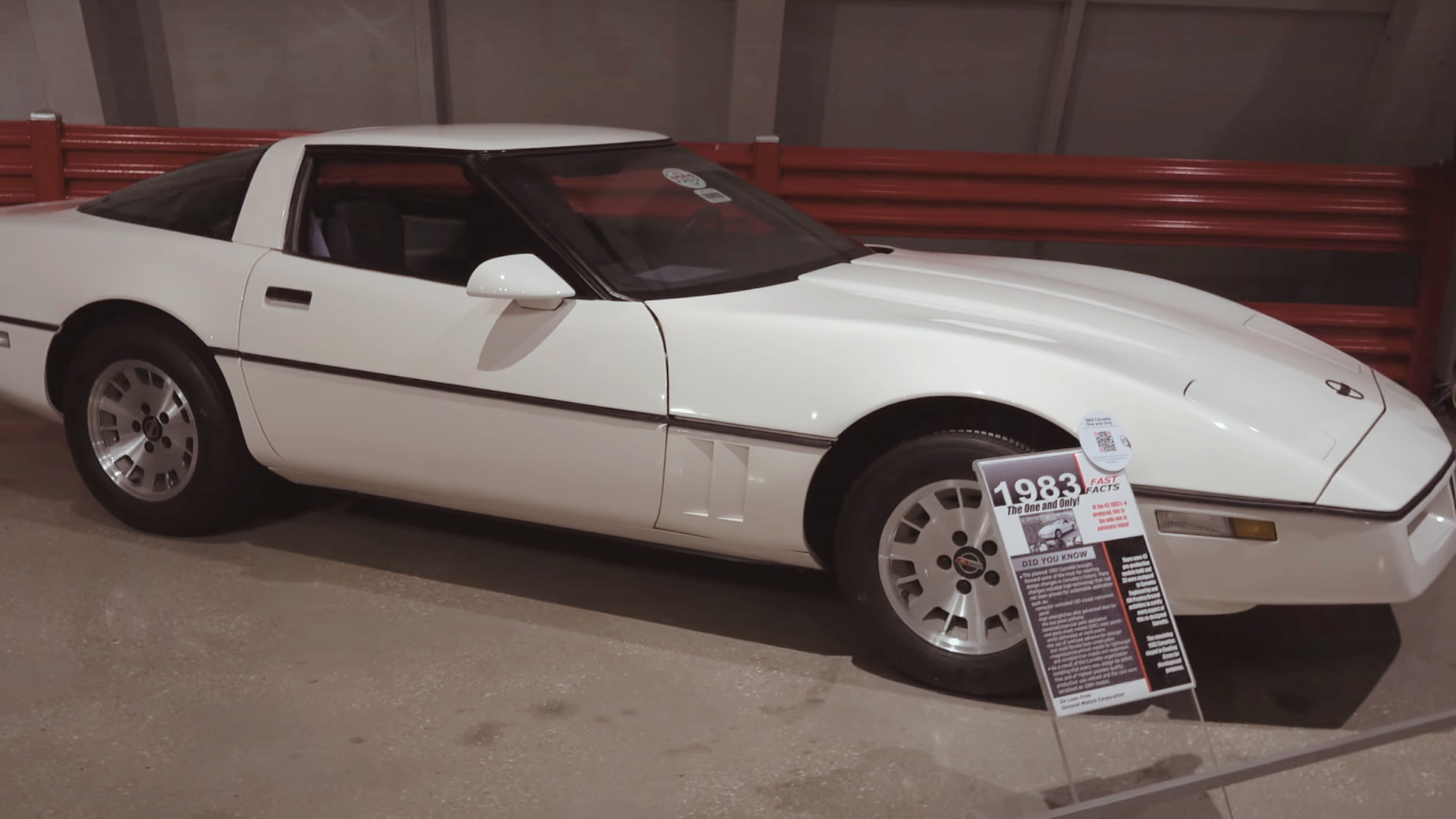 1983 Chevrolet Corvette "The Only One" "Rarest Corvette Ever" National Corvette Museum by ScottieDTV
1983 Chevrolet Corvette "The Only One" "Rarest Corvette Ever" National Corvette Museum by ScottieDTV


